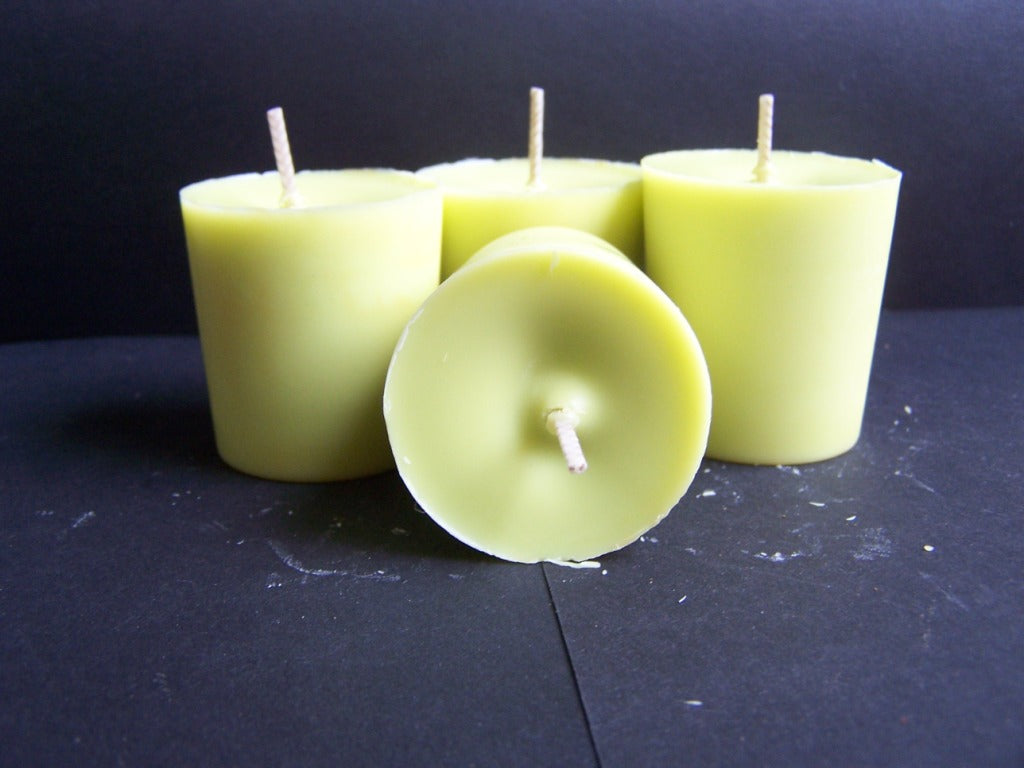Check out the World of Crystal Soy Candles and Home Fragrance Delights
Check out the World of Crystal Soy Candles and Home Fragrance Delights
Blog Article
From Wick to Wax: Comprehending the Chemistry Behind Soy Wax Candles and Their Environmental Impact
As we illuminate our spaces with the cozy radiance of candles, there lies a realm of intricate chemistry behind the apparently simple act of lighting a soy wax candle. The choice in between soy and paraffin wax extends past simple appearances, delving right into the world of ecological influence and the really structure of the materials. Comprehending the molecular structure of soy wax and its combustion procedure clarifies the emissions released right into our surroundings. Join us as we unravel the clinical details behind soy wax candle lights and discover their implications on our atmosphere.
Soy Wax Vs. Paraffin Wax
When contrasting soy wax and paraffin wax for candle light making, it is important to understand the distinctive characteristics and benefits of each material. Soy wax is an all-natural, renewable source stemmed from soybean oil, making it biodegradable and green - candles. On the other hand, paraffin wax is a by-product of petroleum refining, which increases worries concerning its environmental effect and sustainability
Soy wax candles melt cleaner and send out much less residue compared to paraffin wax candles, making them a healthier selection for interior air quality. In addition, soy wax has a lower melting factor, permitting for a longer-lasting candle light that distributes fragrance extra successfully. Paraffin wax, on the other hand, has a tendency to melt faster and much less easily, potentially launching dangerous chemicals right into the air.
From a sustainability point of view, soy wax is favored for its biodegradability and sustainable sourcing, aligning with the growing customer choice for eco mindful items. While paraffin wax has actually been a typical selection in candle light making due to its affordability and convenience of usage, the change towards environmentally friendly choices like soy wax is obtaining energy in the industry.
Chemical Make-up of Soy Wax

Combustion Process in Soy Candles
The chemical make-up of soy wax straight influences the combustion procedure in soy candle lights, influencing aspects such as burn time, aroma launch, and environmental impact. When a soy candle is lit, the warm from the fire melts the wax near the wick. This liquid wax is after that attracted up the wick because of capillary activity. As the fluid wax gets this post to the flame, it evaporates and undertakes combustion. The burning procedure entails the vaporized hydrocarbons in the wax reacting with oxygen in the air to generate heat, light, water vapor, and carbon dioxide.
The combustion effectiveness of soy candle lights is affected by the pureness of the soy wax and the top quality of the wick. In addition, soy wax candles have a lower ecological effect compared to paraffin candle lights due to their sustainable and eco-friendly nature.

Ecological Advantages of Soy Wax

Taken into consideration a sustainable option to traditional paraffin wax, soy wax uses notable environmental advantages that make it a popular option among eco-conscious customers. Soy wax burns cleaner and produces less residue than paraffin wax, adding to much better interior air quality and minimizing the requirement for cleansing and maintenance. Generally, the environmental benefits of soy wax align with the growing need for environmentally friendly and lasting products in the market.
Recycling and Disposal Factors To Consider
Reusing and correct disposal of soy wax candle lights play a vital role in preserving environmental sustainability and minimizing waste in households and communities. When it comes to recycling soy wax candles, the initial step is to make sure that the candle light has actually melted completely. This can be accomplished by enabling the candle light to burn until the wick is no longer usable, and afterwards letting the staying wax cool and solidify. Once the wax has solidified, it can be thoroughly eliminated from the container.

In regards to disposal, if recycling is not an alternative, soy wax candle lights are naturally degradable and can be safely gotten rid of in many household waste systems. It is constantly suggested to check with regional recycling centers or waste monitoring services for specific standards on candle disposal to make certain appropriate handling and environmental security.
Conclusion
In final thought, the chemistry behind soy wax candles exposes their ecological benefits over paraffin wax candles. Soy wax, derived from soybean oil, burns cleaner and generates much less residue when compared to paraffin wax.
When contrasting soy wax and paraffin wax for candle production, it is view publisher site crucial to recognize the distinct qualities and advantages of each product (candles).Soy wax candles shed cleaner and discharge much less soot compared to paraffin wax candles, making them a much healthier selection for indoor air high quality.Taken into consideration a sustainable option to typical paraffin wax, soy wax offers notable ecological advantages that make it a popular option among eco-conscious consumers. Soy wax burns cleaner and creates less residue than paraffin wax, adding to better indoor air top quality and decreasing the requirement for you could check here cleaning and upkeep.In final thought, the chemistry behind soy wax candle lights exposes their environmental advantages over paraffin wax candles
Report this page